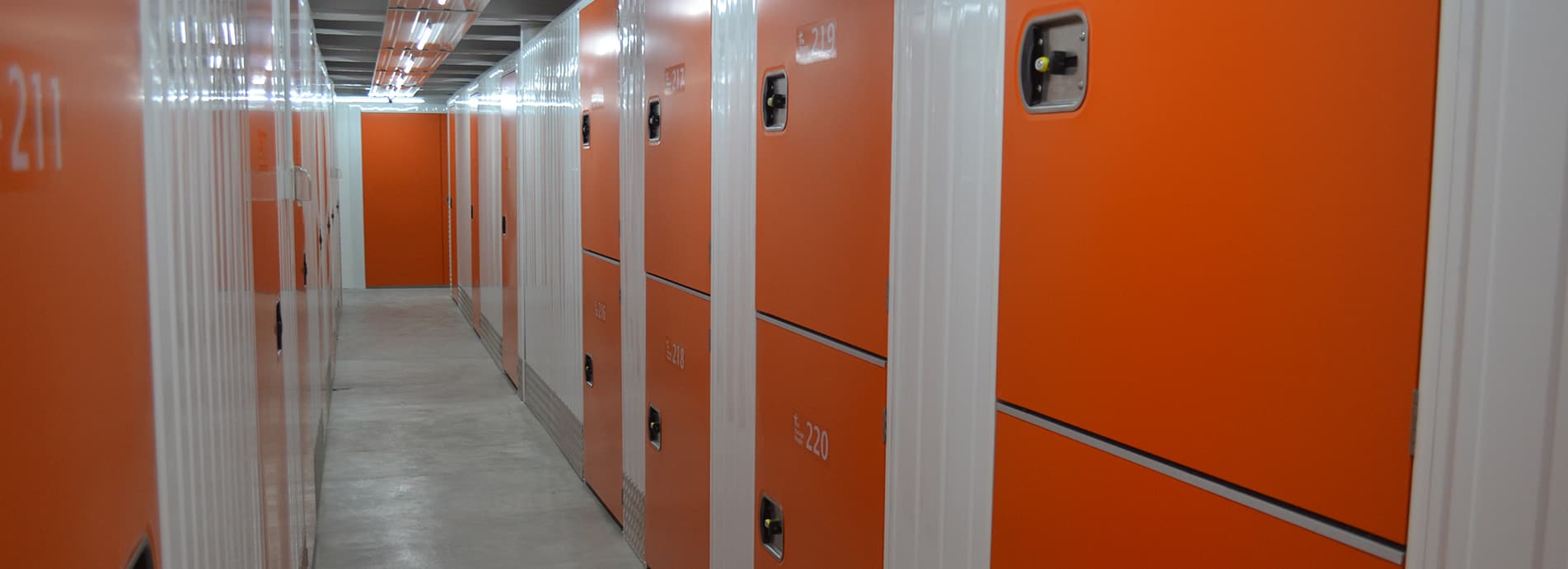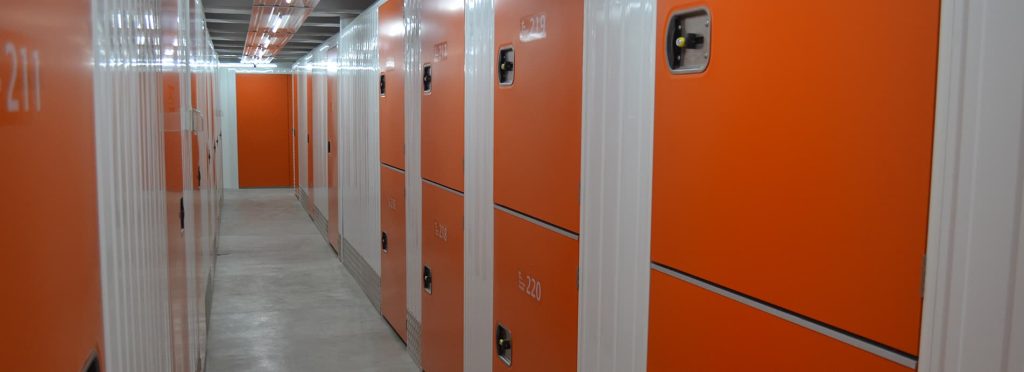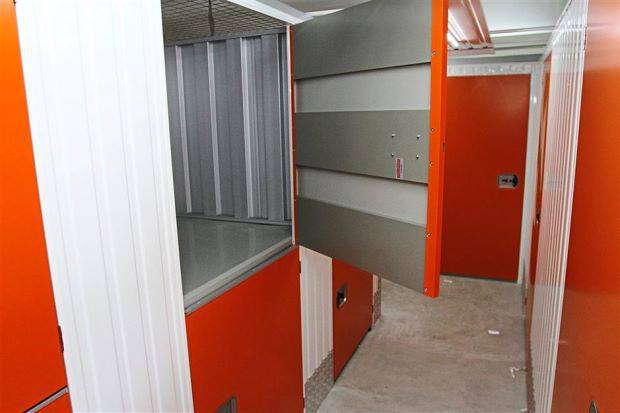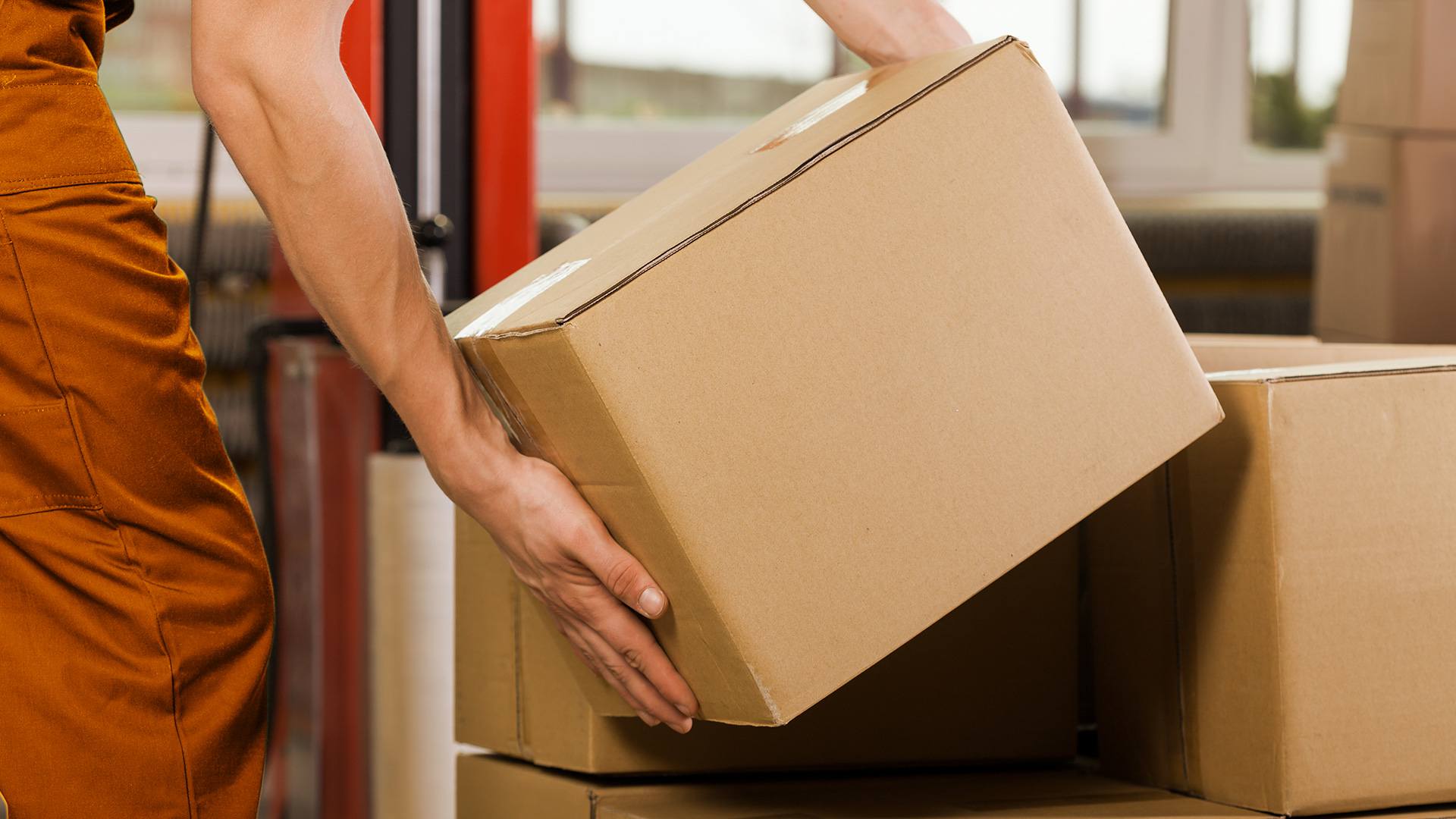Blog
Rental Storage Space: What You Need To Know (Especially First Timers)

First time renting a storage unit? This article can help. Whether you need to temporarily store your belongings while moving or store them long term after downsizing, renting a storage unit provides an excellent, space-saving solution.
Storage facilities are secure, convenient, and easy to find, especially in Malaysia. With the growing popularity of self-storage in Malaysia, finding storage space for rent is now easier than ever.
These facilities offer a wide range of unit sizes and services to meet your needs. Moreover, certain storage companies, such as MyRelo, offer complementary services such as home, office, and international relocation services, coupled with packing materials.
These additional services are designed to provide customers with total peace of mind.
In this first-timer’s guide to renting a storage unit, we’ll explore different storage types, how storage works, and more.
Why rent a storage space?
People rent self-storage units for various reasons beyond just moving or decluttering. Some common reasons include:
1. Need for additional home space
If you’re downsizing or decluttering but not ready to part with certain items, or if a family member moves in and you need to free up a guest bedroom used for storage, renting a storage unit provides extra space.
It allows you to store your belongings without having to sell, donate, or discard them.
2. House renovation
During a home renovation, storing furniture and other items in a storage unit can protect them from damage and create more space amidst the chaos and mess.
3. Seasonal storage
Storing holiday decorations, seasonal clothing, costumes, and lawn equipment during the off-season.
4. Temporary housing transition
When your new home is not yet ready but you need to move out of your old home, a rental storage unit can hold your belongings until the move is completed.
5. College storage
Students who prefer not to transport their dorm room belongings back home during the year-end break often opt to rent a storage unit near their campus.
Types of Storage for Rent
When deciding on the type of storage you need, it’s helpful to consider two main options: self-storage and full-service storage.
1. Self-storage
Self-storage is the more popular option. These facilities provide secure, affordable spaces for storing various items, including household belongings and larger items like boats.
With self-storage, customers are responsible for transporting their possessions to and from the storage unit themselves. When you need to retrieve something from storage, you simply go to the facility and pick it up.
Since self-storage facilities don’t keep track of the contents of each unit, it’s important for customers to document their own belongings.
Additionally, self-storage tends to be more cost-effective than full-service storage, which makes it a popular choice for individuals on a tight budget.
2. Full-service storage
Full-service storage involves a company that offers convenient services known as “valet-style” storage. With this option, the storage company will pick up your belongings and transport them to the storage unit for you.
Many full-service storage companies also allow customers to request pickups or returns using their smartphones. Opting for full-service storage eliminates the hassle of personally delivering your possessions to the unit.
Moreover, some full-service facilities go the extra mile by taking photos and creating an inventory list of your stored items. This feature allows you to easily recall what you have in storage by looking at photos or referring to the online inventory.
How to rent a storage space?
When it comes to renting a storage unit, the process may vary slightly depending on the storage company, but there are common steps to follow. Here’s a simplified guide to renting a storage unit near you:
1. Determine what items you need to store
Assess your belongings and determine what you plan to store in the unit.
2. Decide on the type of storage
Consider whether you prefer full-service or self-storage, as well as whether you need an outdoor or indoor unit.
3. Determine the size of the unit
Based on the items you need to store, calculate the appropriate size of the storage unit.
4. Set your budget
Determine the amount you are willing to spend on renting a storage unit.
5. Consider purchasing insurance
Evaluate the need for insurance coverage to protect your stored belongings.
6. Search for available storage units
Research and explore different storage facilities that meet your requirements.
7. Reserve a unit
Once you find a suitable storage unit, you can make a reservation either online or in person. Carefully review and sign a storage unit agreement or contract before finalizing the rental.
8. Determine the move-in date
Coordinate with the storage company to establish the specific date for moving your items into the storage unit.
How to prepare your items for storage?
Preparing belongings properly for storage is essential, especially for long-term storage. Here are some valuable tips to ensure your items remain in excellent condition while in storage.
1. Familiarize yourself with the rules and restrictions
Every storage company has specific guidelines for using their units. Before storing your items, carefully review these rules to ensure compliance. Items such as fireworks, chemicals, and perishable food are typically prohibited. Anything flammable should also be avoided.
2. Create a comprehensive inventory
If you plan to keep items in storage for an extended period, it’s crucial to maintain a detailed inventory list. Note down all the belongings and consider taking photographs for insurance purposes. Keep the inventory list and photos in a secure location for easy reference.
3. Clean and prepare items
Prior to storing, thoroughly clean and wipe down your items. Launder and dry-clean clothes, vacuum pillows and upholstery, and disinfect boxes. Ensure that everything is dry to prevent mildew from forming.
4. Label everything
Avoid confusion by labeling each box with its contents. Use a permanent marker or printed labels and ensure that the labeled part of the box faces the front of the storage unit. Numbering the boxes and maintaining a separate list detailing their contents is an effective labeling strategy.
5. Pack with care
Use sturdy cardboard boxes or clear plastic bins for smaller items. Plastic bins offer visibility, while cardboard boxes are cost-effective. Pack items as if you were preparing for a move, using bubble cushioning, plastic wrap, packing paper, and packing tape. Properly box mirrors, TVs, and artwork to prevent breakage during transit and while in storage.
6. Strategize item placement
Be strategic when arranging items within the storage unit. Position mirrors and artwork vertically to prevent damage. Place fragile boxes higher up to avoid crushing them. If space allows, lay mattresses flat on top of boxes to maintain their condition.
Keep frequently accessed items near the front for easy retrieval, while less frequently used items can be stored towards the back. Consider keeping a step stool in the unit to access items stored higher up.
In Summary
Self-storage facilities offer a convenient and secure solution. We hope that with this article, you can make an informed decision that meets your specific storage needs.
So, if you find yourself in need of additional space, consider exploring the options of storage space rent.
Discover a convenient and secure self-storage solution to meet your specific needs. Whether you require extra space for personal or business use, explore storage space rentals and reach out to our friendly personnel for more information.



